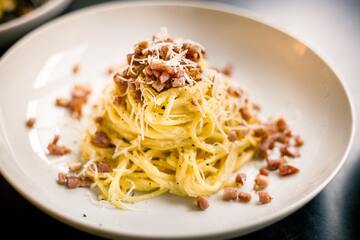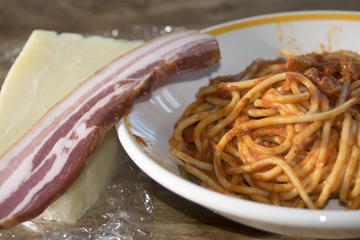How to make spaghetti bolognese: A quick and easy recipe
There's nothing better than a warm, wholesome Spaghetti Bolognese, no matter what the occasion. We take a look at how to make a Bolognese sauce with a quick and easy recipe.
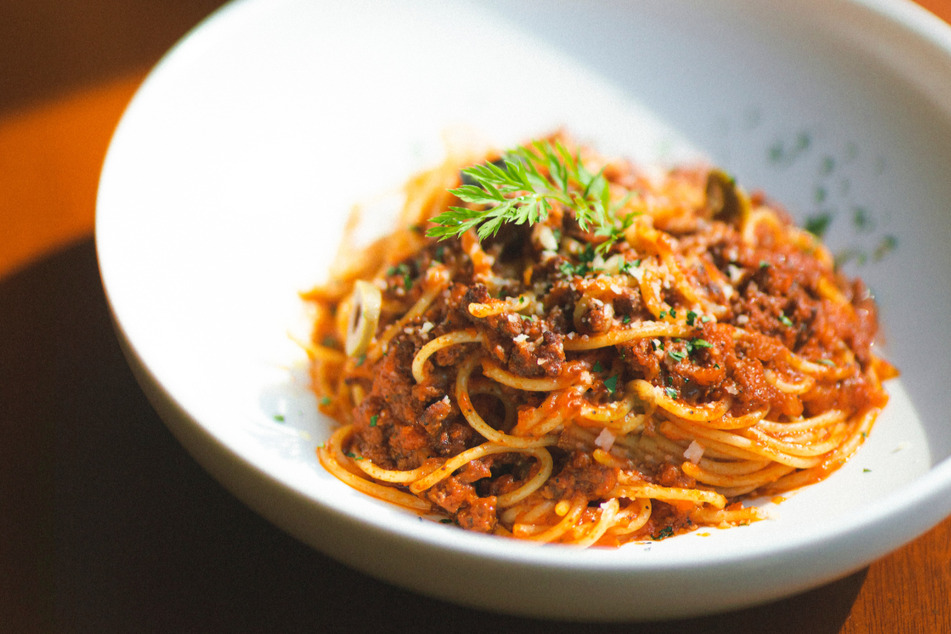
If you've ever been to Italy, you'd know that a great Bolognese sauce is something totally different to what you'd usually get in the US.
So, what makes a good, authentic bowl of Spaghetti Bolognese, how do you prepare it, and what's the difference between this and a good ol' Ragu?
TAG24 food guide has a quick and easy spaghetti bolognese recipe, complete with all the trimmings.
From type of pasta, to secret tips and tricks, let's tuck into a delicious dish!
What is bolognese?
Traditionally, bolognese has been used as the sauce applied to two classics from Bologna: Tagliatelle al Ragu and Lasagna. Originating in this city in the central upper-middle of the Italian peninsula, Italian Ragu first appeared in the mid-late 1800s.
Bolognese is a meat-based sauce, traditionally made with a soffritto base (onions, carrots, and celery cooked slowly in olive oil), minced beef, tomatoes, parmigiano reggiano, and red wine. You can use beef mince or a mixture of beef and pork mince, and can eat it with a variety of different pasta types - from spaghetti, to tagliatelle, to lasagna.
Traditional bolognese recipe: How to make spaghetti bolognese
It's not hard to make spaghetti bolognese, nor any type of bolognese for that matter. In the end, it is about good knife skills, a bit of patience, and using extremely high-quality ingredients. What's also important, though, is using the right equipment.
Here's what you will need to make a good bolognese:
- 2 large pots (one to cook the sauce, and one for the pasta)
- A sharp knife
- Cheese grater
- Garlic crusher
- A big wooden spoon
- Pepper grinder / mortar and pestle
With the right ingredients and the right equipment, it won't be hard to make a delicious, easy bolognese pasta dish. Here's how.
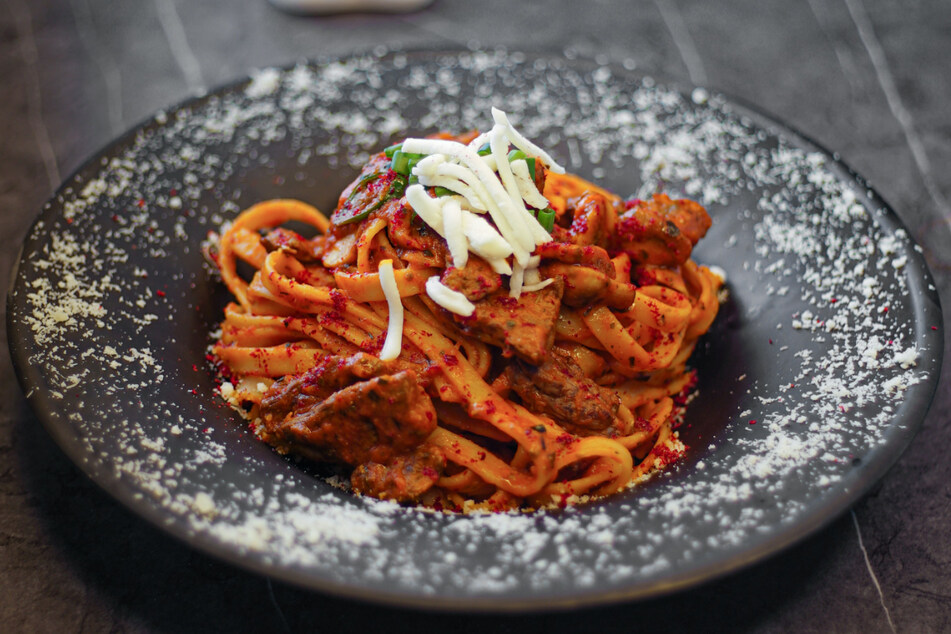
Easy bolognese recipe | Ingredients
The trick to making the perfect bolognese sauce is buying the best, freshest ingredients you can find. That means good carrots, fresh tomatoes, and high-quality parmigiano. If you want an authentic experience, stay away from the pre-grated stuff.
Here are the ingredients needed for bolognese:
- Pasta, 16oz (whatever type you want)
- Minced beef, 1lb
- 3 medium white onions
- 5 cloves of garlic
- 2 large carrots
- 4 sprigs of celery
- 5 large ripe tomatoes
- Passata, 1pt
- Dry red wine, 1/2pt
- Beef stock, 1/2pt
- Fresh block of parmigiano reggiano, 11oz
- Salt
- Pepper
- Olive oil
About the cheese: Powdered "Parmesan" cheese is not actually parmigiano reggiano. You need to go to a cheese shop and buy the original. Most powdered variants sold cheaply in American supermarkets contain chemicals like cellulose powder and cheese cultures (amongst others), none of which are in parmigiano reggiano.
Easy bolognese recipe | Instructions
Remember to go easy and slow when you make a bolognese sauce. There's no rush (unless there literally is), and you will get a much better flavor out of this recipe if you give it time.
Here's how to make pasta bolognese
Step 1: It's time to practice those knife skills. Finely dice the onions, so that the pieces are extremely small. Add them to one of the pots with a large quantity of olive oil, pre-warmed to a medium heat.
Step 2: Peel your carrots and garlic, and clean your celery. Once the onions have sautéd and are starting to go a bit translucent, crush the garlic and mix it in.
Step 3: Chop up the carrots and celery into very small chunks, of a similar size to the onions. Add these to the onion-garlic mixture, as well as a little bit more olive oil (so that everything is sizzling nicely) and season with a small amount of black pepper and salt.
Step 4: Turn the heat down to low and cook for around twenty minutes, until well combined and melty. What you are making is a soffritto, the aromatic base of many Italian and French dishes.
Step 5: While the soffritto is cooking, dice your tomatoes into small chunks so that they are ready to go when you want them. Once it has finished cooking, scoop it into a bowl and set it aside.
Step 6: Turn up the heat, pour a little more olive oil into the pot and add your minced meat as well as a pinch of salt and a crack of black pepper. Break apart the minced meat and stir until it is all loose and has browned up nicely. Continue to cook on a medium heat once it has browned, until all the meat juices have evaporated.
Step 7: Add the soffritto back into the pot with the meat and stir it all together thoroughly. Now add those tomatoes and stir them in. Cook for around 5 minutes on medium heat, until the tomatoes have melted down and combined.
Step 8: Now add the passata, the beef stock, and the red wine. Stir everything together until it is well combined and a little bit watery. If it seems a little thick, add a splash of water. You need plenty of liquid so that you can boil it down and intensify the flavor.
Step 9: Simmer your sauce for at least an hour, stirring regularly and adding small amounts of extra water to keep it a little loose. Once you are getting near the end, stop adding water and allow the sauce to thicken up.
Hot tip: Feel free to continue simmering your sauce for as long as you want. As long as you don't burn it and keep adding a little water when needed, this will improve the flavor greatly.
Step 10: Pop a pot of water on to boil, generously seasoning with salt. While you wait for the water to boil, try your sauce and season it to taste. Also use this time to grate your beautiful, fresh parmigiano reggiano.
Step 11: Add your pasta to the pot and cook it at a rolling boil until it is al dente. Set aside a small amount of the pasta water before you drain it.
Step 12: Add the pasta to your sauce (no, don't scoop the sauce onto the pasta) and mix until well combined. Add a healthy scoop of pasta water, combine, and then add the parmigiano reggiano (keeping aside a small portion for garnishing). Mix together until the cheese has melted and made the dish a bit creamy.
Step 13: Serve into a medium-sized bowl, garnishing with more grated parmigiano as well as salt and pepper.
See, easy! Bolognese is not hard at all, but will take a little bit of time if you want to cook it properly.
What pasta for bolognese sauce?
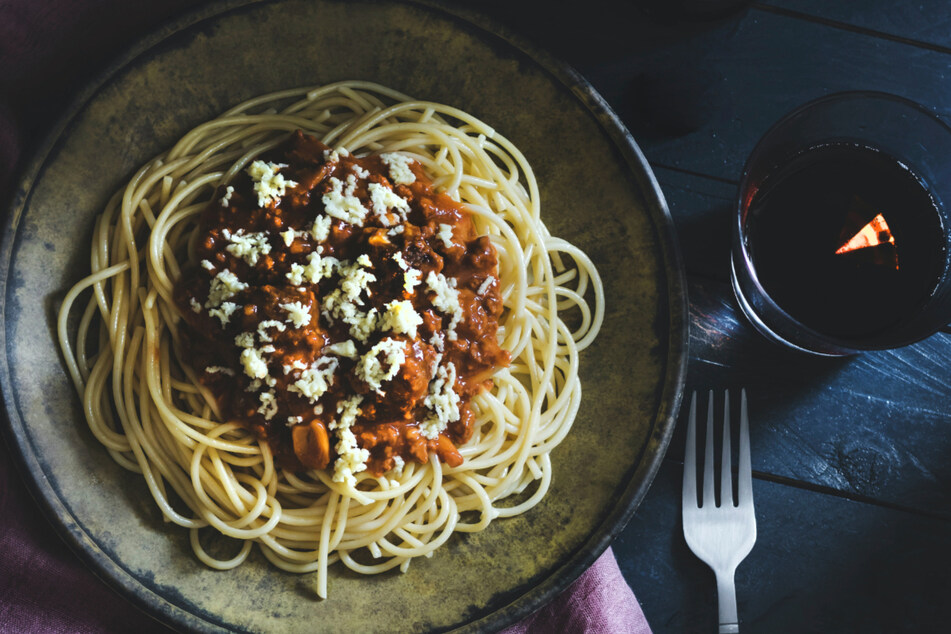
Bolognese is traditionally paired with flat pastas like tagliatelle or pappardelle, but not with spaghetti. If you want to make a more Italian-style dish, get yourself something like this (or maybe make your own pasta), and steer clear of spaghetti.
Here are a few different pasta types to pair with bolognese:
- Tagliatelle
- Fettuccine
- Pappardelle
- Penne
- In a lasagna
- Rigatoni
- Gnocchi
Of course, if you want to have it the "American" way, then jump in there with the spaghetti. It's way better with other pasta types, though, so lash out and give something else a try!
What is the difference between bolognese and Ragu?
Ragù and bolognese are not exactly the same, despite being similar. Both are meat sauces made from a combination of mince, vegetables, tomatoes, and wine. Ragù is a broader term, though, while bolognese specifically comes from the Bologna region.
As a result, when you are in Italy you will not generally find a bolognese dish that's straight-up called "bolognese" (unless you go to a tourist restaurant). Instead, your standard bolognese dish will be called "Ragù Bolognese" as it is a Ragù style from that region.
The best bolognese recipe isn't quick, but is always easy...
It is true that you can get a pretty decent bolognese done in less than an hour, but do you really need it to be that quick?
Remember that if you let your sauce simmer away for a couple of hours, those flavors will be even better! You're in this game for a delicious dinner, right, so why not?
In this end, though, Spaghetti Bolognese is primarily about the quality of the ingredients that you are cooking with, rather than the complexity of the dish. The best veggies, the best meat, the best cheese, and the best pasta make the best meal!
Cover photo: Hanxiao / Unsplash

